Physical Address
304 North Cardinal St.
Dorchester Center, MA 02124
Arterial disease in one vascular bed is a harbinger of disease in other vascular beds.
The differential diagnosis of diseases involving the upper extremity (UE) and aortic arch branch vessels is vast and requires extensive knowledge and a thorough history and physical examination.
In patients with suspected arterial disease, blood pressure should be measured in both UEs, and if Takayasu arteritis is suspected, blood pressure should be measured in all four extremities.
Anatomic variation in the UE vessels and aortic arch occurs in 20% to 30% of the population, and the pathologic significance depends on the anomaly.
The physical examination of a patient with UE disease is incomplete in the absence of performing diagnostic maneuvers to evaluate for thoracic outlet syndrome (TOS).
Before performing percutaneous intervention for UE large vessel disease, the relationship of branch vessels to the lesion and ostial involvement of the lesion should be thoroughly evaluated.
Percutaneous intervention in the brachiocephalic artery is more complicated than revascularization of the subclavian artery due to the potential for embolization to the anterior cerebral circulation.
Percutaneous revascularization has become first-line therapy instead of surgery for treating atherosclerotic brachiocephalic or subclavian stenosis because of the high technical success rates, the low restenosis and high patency rates, and lower cost with quicker recovery times.
Management of UE arterial and aortic arch vascular disease requires discernment of when to refer patients to surgery and an understanding of the management of aneurysmal disease.
From the inception of the subspecialty of interventional cardiology, to the Centers for Medicare and Medicaid Services (CMS) physician specialty designation for interventional cardiology, the scope of interventional cardiology has continued to expand. The discipline has grown beyond percutaneous management of coronary artery disease to include therapy for valvular and structural heart disease and endovascular treatment of aortic aneurysm, venous disease, and peripheral arterial disease (PAD), including management of vascular disease in the upper extremity (UE) and proximal arch vessels.
The continued evolution of cardiology in the field of vascular medicine has been a natural extension because atherosclerosis is a systemic process that is not isolated to the coronary vasculature, and a high degree of correlation exists between the extent of atherosclerosis in the coronary, carotid, and brachial arteries. Coronary disease is associated with an increased risk of PAD, and among those with PAD, the risk of coronary and cerebrovascular ischemic events with significant morbidity and mortality is extremely high. Most of the management concepts and techniques for coronary arterial disease are transferable to the treatment of PAD when a conservative medical strategy or percutaneous therapy is employed.
General and interventional cardiologists care for patients with coexistent coronary and peripheral vascular disease and those with significant risk factors for the development of arterial vascular disease. These clinicians must have a thorough understanding of PAD, including the application of screening tools and management strategies.
This chapter discusses the anatomy, epidemiology, risk factors, diagnosis, and treatment of PAD involving the UE (i.e., axillary and brachial arteries) and proximal arch vessel (i.e., subclavian artery). It excludes carotid arterial disease evaluation and management, which are discussed in Chapter 46 .
Considering an age-adjusted prevalence of about 12%, PAD is estimated to affect at least 8 to 12 million individuals in the United States. Advancing age is strongly associated with the increased prevalence of PAD, and approximately 20% of U.S. adults older than 70 years have PAD.
PAD has been reported to affect males and females equally, but studies have demonstrated a greater predilection for PAD among blacks versus nonHispanic whites (38% vs. 25% of men), and the ethnic propensity is independent of traditional risk factors for cardiovascular disease such as hypertension, hyperlipidemia, diabetes, kidney disease, and tobacco use. An estimated 25% to 40% of patients seen in the general cardiology clinic have PAD, and up to 50% of patients with PAD may be asymptomatic, illustrating the need for careful evaluation of patients of advancing age and those with risk factors for cardiovascular and peripheral vascular disease.
Unlike PAD involving the lower extremities, atherosclerosis is estimated to account for only about 5% of cases of UE ischemia. Obstruction of the brachiocephalic (innominate) or subclavian (inflow) arteries accounts for most cases due to the propensity for atherosclerosis at those sites, with a fourfold higher occurrence on the left than the right. However, not all UE ischemia is related to inflow obstruction. Because of the relatively uncommon occurrence of atherosclerosis distal to the inflow arteries, numerous causes of UE arterial disease involving the large or medium-sized arteries (proximal to the wrist) or small arteries (distal to the wrist) must be considered. Conditions such as vasculopathies, aneurysm or entrapment syndromes, embolic phenomena, medications, and chemical exposures can complicate the diagnosis due to the similarity of symptoms. Additional testing beyond the comprehensive history and physical examination may be required to elucidate the cause. Table 40.1 provides the differential diseases, exposures, and other conditions that should be considered.
| Vessel Size | Site, Disease State, and Substance | Symptoms and Physical Examination Findings | Symmetry and Acuity |
|---|---|---|---|
| M edium to Large | |||
| Atherosclerosis | Brachiocephalic artery Subclavian artery Axillary artery |
Arm claudication Hand or finger pain Bruit, pulse deficit |
Typically unilateral Chronic and progressive |
| Aneurysm | Thoracic outlet syndrome Trauma, crutch syndrome Vasculitis Fibromuscular dysplasia |
Pulsatile mass in the supraclavicular fossa, hoarseness, dyspnea, transient ischemic attack (subclavian artery) | Unilateral Chronic and progressive |
| Thromboembolism | Heart Aortic arch Proximal great vessels |
Varies (e.g., ischemia, pallor) according to cause Skin ulcers Osler nodes Janeway lesions |
Unilateral, can be bilateral Typically acute |
| Entrapment | Trauma Thoracic outlet syndrome Neoplasm |
Pain, especially with movement or certain positions | Unilateral Chronic and progressive unless it is an acute injury |
| Vasculitis or arteritis | Giant cell (temporal) arteritis Kawasaki disease Takayasu arteritis Radiation-induced arteritis |
Constitutional symptoms (e.g., fever, weight loss, fatigue, arthralgias, myalgias), rash, bruit, pulse deficit | Unilateral or bilateral |
| Vasospasm | Nicotine Cocaine Methamphetamine |
Digital pallor Cyanosis |
Unilateral or bilateral Acute on chronic |
| S mall | |||
| Hematologic disorders | Cryoglobulinemia (types I, II, III) Myeloproliferative syndrome Multiple myeloma Leukemia Primary macroglobulinemia |
Constitutional symptoms | Unilateral or bilateral, typically bilateral Progressively worsening |
| Hypercoagulable states | Antiphospholipid syndrome Antithrombin III, protein C, or protein S deficiency Heparin-induced thrombocytopenia |
Variable, typically mimicking thromboembolic disease | Unilateral or bilateral, typically bilateral Progressively worsening |
| Rheumatologic disorders (vasculitis) | Rheumatoid arthritis Systemic lupus erythematosus Scleroderma, CREST syndrome, mixed connective tissue disease Henoch-Schönlein purpura |
Constitutional symptoms, dysphagia, nail pitting, prominent nailbed capillary loops, skin lesions (e.g., erythema nodosum, petechial rash, pyoderma gangrenosum, palpable purpura), sclerodactyly, telangiectasias | Unilateral or bilateral, typically bilateral Progressively worsening |
| Infectious diseases | Hepatitis C Mycoplasma pneumonia |
Variable, typically mimicking thromboembolic disease | Unilateral or bilateral, typically bilateral Progressively worsening |
| Embolic and thrombotic diseases | Buerger disease Atheromatous disease Aneurysms Atrial fibrillation Atrial myxomas Left ventricular thrombus ASD/PFO Endocarditis or valvular disease |
Varies according to cause Skin ulcers Osler nodes Janeway lesions |
Bilateral Acute |
| Vasospasm | Raynaud phenomenon Medications or illicit substances |
Finger pain, fixed cyanosis, ulcers, gangrene | Typically bilateral Acute, chronic, or acute on chronic |
| Exposures | Vinyl chloride | Digital pallor Cyanosis |
Unilateral or bilateral Chronic and progressive |
The normal branching pattern of vessels coming off the aortic arch in approximately 70% of the population includes the initial branch, the right brachiocephalic artery, the left common carotid artery, and the left subclavian artery. Variations from the typical branching pattern are discussed in the next section.
The right brachiocephalic artery (innominate) divides into the right subclavian and the right common carotid artery behind the right sternoclavicular joint. The right subclavian artery then becomes the axillary artery at the lateral border of the first rib. The brachial artery, a continuation of the axillary artery, begins at the lateral border of the teres major muscle and terminates at the neck of the radius as it divides into the radial and ulnar arteries. The radial artery continues in the hand as the deep palmar arch, whereas the ulnar artery continues in the hand as the superficial palmar arch, which gives rises to the digital arteries. The left subclavian artery, the third branch off the aorta after the innominate and the left common carotid, has a branching pattern in the left UE that is analogous to the right. Fig. 40.1 demonstrates normal anatomy angiographically.
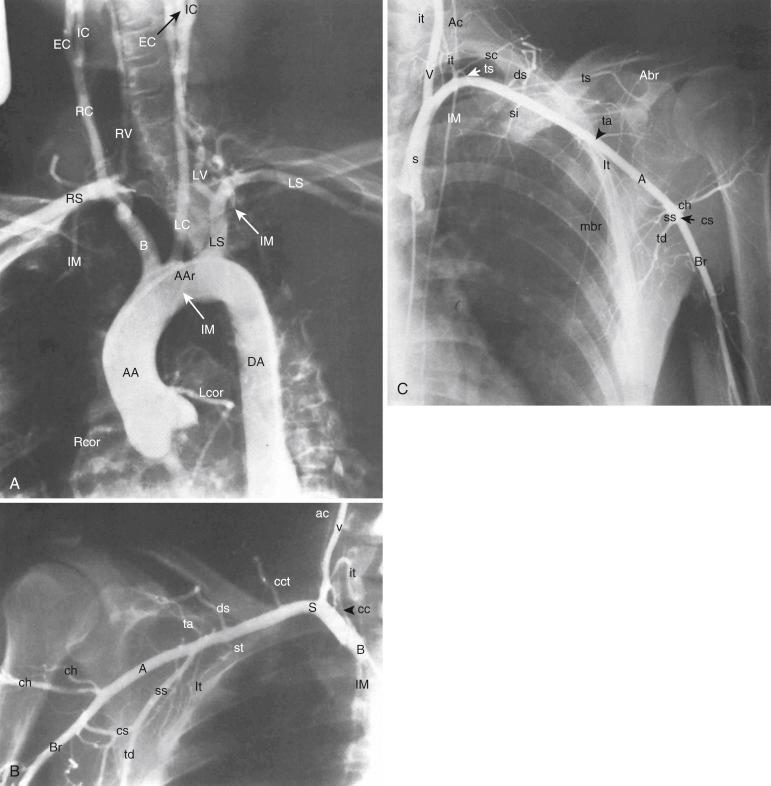
Smaller vessels provide extensive collateral circuits in the shoulder, elbow, and palm regions and are protective in allowing perfusion to the UE despite significant obstruction. UE large vessel disease is typically asymptomatic until the collateral support is insufficient or exhausted. Despite having protective collateral circuits, the UE remains vulnerable to ischemia if the obstruction occurs proximally because the UE is supplied by only one artery from the aorta.
The anomalous circulation in the UE and aortic arch primarily results from alterations in embryologic development ( Fig. 40.2 ). Although an exhaustive review of embryologic development is beyond the scope of this chapter, the resultant aortic arch and proximal branching vessel variants are the consequence of aberrant formation, including persistence or abnormal regression, of the endocardial tube, the ventral and dorsal aortae, and the six paired branchial arch arteries or the intersegmental arteries.
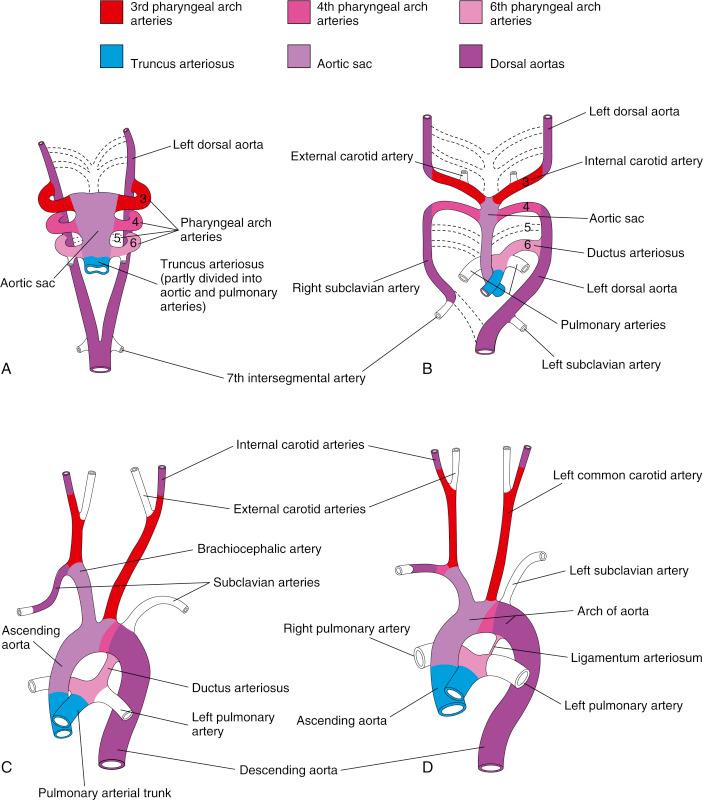
Table 40.2 lists some of the more commonly encountered variants, their frequencies in the population, associated pathologic significance, and diagnostic physical examination findings. The more common arterial variants in the forearm and collateral pathways that may form in the presence of main arterial obstruction are included. Figs. 40.3-40.5 show examples of variant anatomy.
| Anatomic Variants | Prevalence (%) | Pathologic Significance | Physical Examination Clues |
|---|---|---|---|
| Bovine arch: common origin of brachiocephalic and left common carotid arteries | 22 | None | No specific findings |
| Origin of left common carotid from the brachiocephalic (middle to upper) | 8–10 | None | No specific findings |
| Origin of left vertebral artery from the aorta | 4–6 | None | No specific findings |
| Origin of right subclavian from left aortic arch, distal to left subclavian (arteria lusoria) | 2 | Compression due to esophageal ring, prone to rupture and aneurysm (Kommerell diverticulum) | Dysphagia |
| Common origin of carotids | <1 | None | No specific findings |
| Origin of radial artery from brachial or axillary artery | 15–20 | None | No specific findings |
| Origin of ulnar artery from brachial or axillary artery | 2–3 | None | No specific findings |
| Collateral Obstruction Site | Donor Artery | Pathologic Significance | Physical Examination Clues |
| Proximal subclavian or innominate obstruction | Vertebral, other neck, abdominal, or pelvic | Subclavian steal syndrome | Weak or absent pulse Decreased blood pressure Arm weakness or pain |
| Distal subclavian or axillary | Subscapular, intercostals, lateral thoracic | None, unless collateral supply insufficient, then ischemia | No specific findings |
| Brachial artery | Profunda brachialis, radial, ulnar | None, unless collateral supply insufficient, then ischemia | No specific findings |
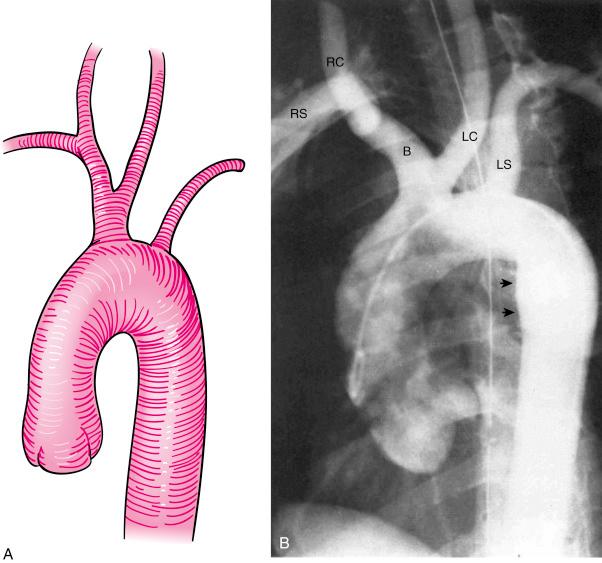
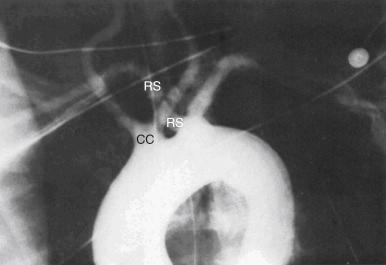
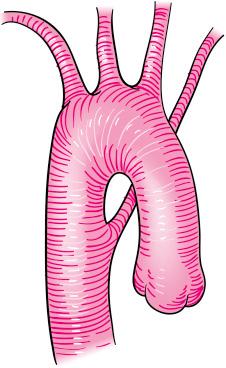
Become a Clinical Tree membership for Full access and enjoy Unlimited articles
If you are a member. Log in here